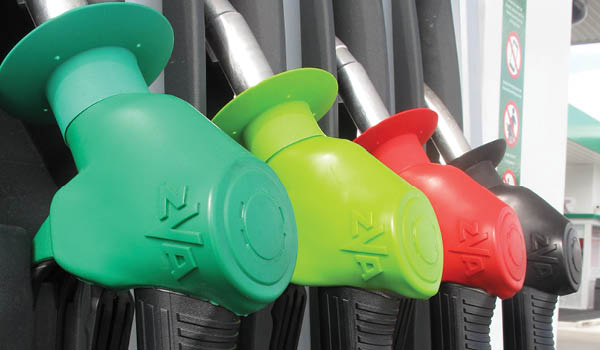The Australian Competition and Consumer Commission (ACCC) believes retail prices were “unreasonably high” in the second half of 2015, leading the watchdog to contact the major petrol retailers earlier this month calling for an explanation.
It comes as the ACCC releases its fifth quarterly report into the Australian petroleum industry. The report, which examines petrol prices up to the end of December 2015, found that quarterly average prices were lower than previous quarters, but not as low as might have been expected given lower crude oil prices.
The report found that the quarterly average price in the five largest cities – Sydney, Melbourne, Brisbane, Adelaide, and Perth – was 124.4 cents per litre (cpl), which was 8.8 cpl lower than the previous quarter and 11.4 cpl lower than in the June quarter 2015.
ACCC Chairman Rod Sims said the decrease in prices over the quarter was welcome news for motorists.
“However, retail petrol prices were not as low as might have been expected given the level of crude oil prices. There are two reasons for this. Firstly, there were high refiner margins during the quarter.”
Brent crude oil prices in December 2015 were at their lowest level in more than 11 years, and were significantly below their long term average, however, Sims noted that: “motorists are not fully benefiting from low crude oil prices as they use petrol in their vehicles, not crude oil, and the difference between crude oil prices and international refined petrol prices (i.e. the refiner margin) in 2015 was high”.
The annual average difference in 2015 was around USD 16 per barrel, compared with an annual average of around USD 8 per barrel over the last 20 years.
“While international refined petrol prices are strongly influenced by the price of crude oil, they are also determined by their own global supply and demand conditions. As global demand for petrol was relatively strong in 2015, prices remained high relative to crude oil prices. These high refiner margins are outside Australian control,” Mr Sims said.
“The second factor was the high gross retail margins in Australia in the quarter.”
Gross indicative retail differences (GIRDs) are indicative of the margins achieved by retailers on the sale of fuel, and may reflect overall retail profits. The ACCC’s September quarter 2015 report had noted that quarterly average petrol GIRDs in the five largest cities (11.8 cpl) were at their highest level since the ACCC began monitoring in 2002. In the December quarter they increased further, by 0.6 cpl to 12.4 cpl.
“The ACCC believes that retail prices have been unreasonably high in the second half of 2015 and in early February 2016 wrote to the major petrol retailers seeking an explanation for the high retail margins. I expect to receive their responses shortly,” Mr Sims said.
In December 2015 the ACCC’s Federal Court proceedings against Informed Sources and five petrol retailers, including 7-Eleven, BP, Caltex, Coles, and Woolworths, were resolved by way of court enforceable undertakings.
As part of the resolution, from May 20 2016 Informed Sources will make price information available to consumers for free on a near real-time basis at the same time as it is received by retailers. Even more important, the pricing information exchanged between petrol retailers will also be made available to third parties, including app developers and motoring and consumer organisations.
“The settlement of these proceedings was a big win for motorists. Making this pricing information constantly available to consumers will improve price transparency. It will allow them to make better informed purchasing decisions and therefore create greater competition in petrol pricing. We therefore hope it will lead to downward pressure on retail margins,” Mr Sims said.

